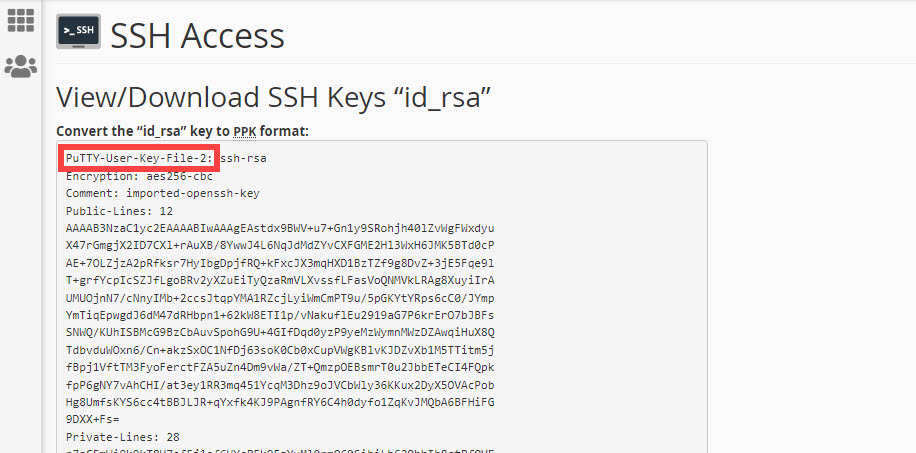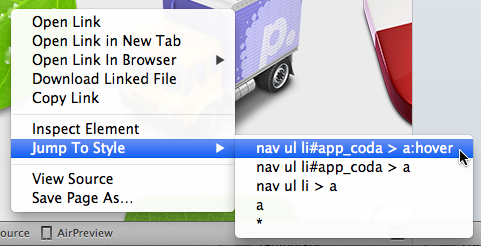
Key-based authentication is more secure than password-based. Public key-based authentication and password-based authentication are mostly used.
#CODA 2 USE SSH KEY CODE#
Open Visual Studio Code or whichever editor you prefer. SSH supports various types of authentication systems. For further details and troubleshooting, see our guide on paswordless SSH login using SSH keys.
#CODA 2 USE SSH KEY UPDATE#
In order to use SSH, you will need create SSH keys and update them in GitHub so GitHub can recognize your local computer. Click SSH-2 RSA as the type of key to generate. I prefer using SSH over HTTPS as it helps set-up the local repository in fewer steps.
#CODA 2 USE SSH KEY GENERATOR#
The PuTTY Key Generator panel is displayed. Start PuTTYgen by clicking Start > Programs > PuTTY > PuTTYgen.

Your private key will match up with the public key, and grant access. Generate SSH keys using the PuTTY key generator (PuTTYgen): Procedure. Use your private SSH key on your own system. Copy everything except the email at the end.īelow is an example of when you haven’t added the SSH key to your account yet. To use your SSH keys, copy your public SSH key to the system you want to connect to. Get the contents of the public SSH key with the Linux cat command. Now that the SSH key is ready, we just need to add that to the Git account you’re using. ssh-keygen -t rsa -b 4096 -C SSH Key to AgentĪs mentioned above by adding our new SSH key to the ssh-agent so we don’t have to enter the passphrase everytime we use it. saves and closes the vi = microtime(true) - $start This may make such a key inappropriate for use in automated environments, but it is certainly more secure than the use of unprotected private keys. Also you will find there that you do have a firmware update available, but read the release notes for it as it’s a big change. When you use a private key that was created with a passphrase, you will be prompted to enter the passphrase when the key is loaded. This is where the public key was appended.

If you implemented a passphrase, you will be prompted for the passphrase to use the private key: ssh susanstreamer Last login: Sat Aug 10 14:09:33 2019 from X.X.X.X Examine the resulting authorized key file. Both the client and the server derive the secret key using an agreed method, and the resultant key is never disclosed to any third party. Following the instructions from the output, verify that you can connect using the key pair. Symmetric keys are used to encrypt the entire communication during a SSH Session. Heres a demo commit thats got a valid signature using an SSH key: maxgoedjen/sshsignaturedemo759243c, with a key listed in my profile Basically GitHub just doesnt read the type of keys yet, but would love for this to get added soon (Ive been putting off adding GPG support to Secretive for ages, but this works great with it pretty much out of the box. Log into address> directly to enable it and set its password. There is usually only one key that is used, or sometimes a pair keys where one key can easily be calculated using the other key. Important Do not generate key pairs as root, as only root would be able to use those keys. SSH for the cloud key is controlled at the device level.

Для сценариев вы бы лучше использовать СЕПГ или же AWK. Red Hat Enterprise Linux 6 uses SSH Protocol 2 and RSA keys by default (see Section 14.1.3, Protocol Versions for more information). Options:-1: Forces ssh to use protocol SSH-1 only.-2: Forces ssh to use. After copying the public key to the remote host the connection will be established using SSH keys and not the password. The private key must remain hidden while the public key must be copied to the remote host.


 0 kommentar(er)
0 kommentar(er)
